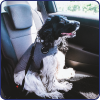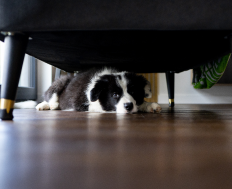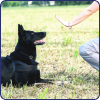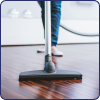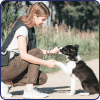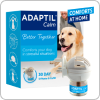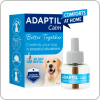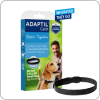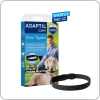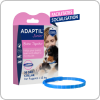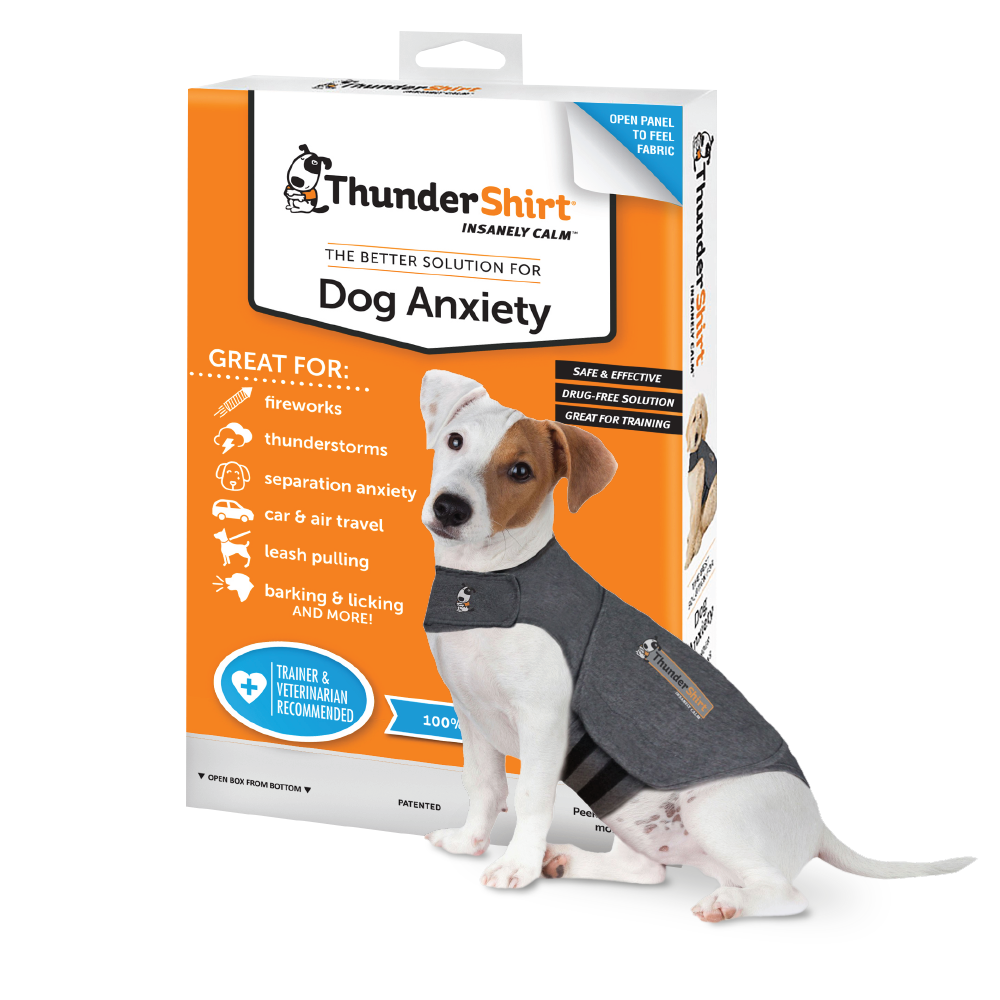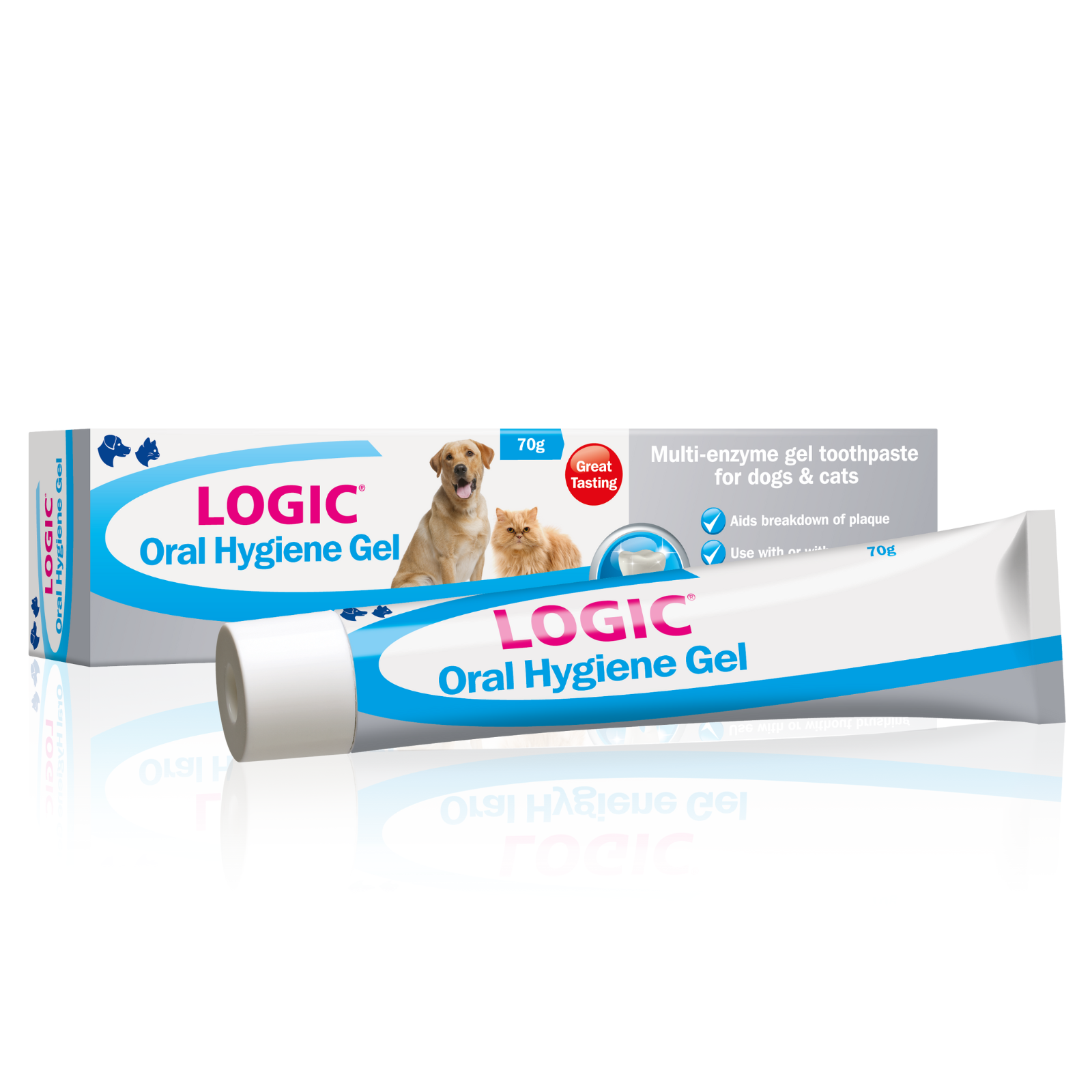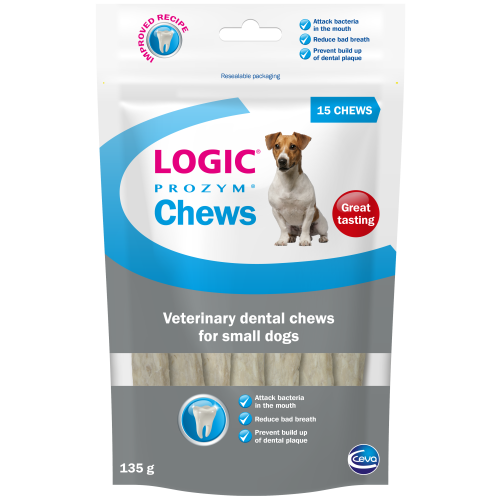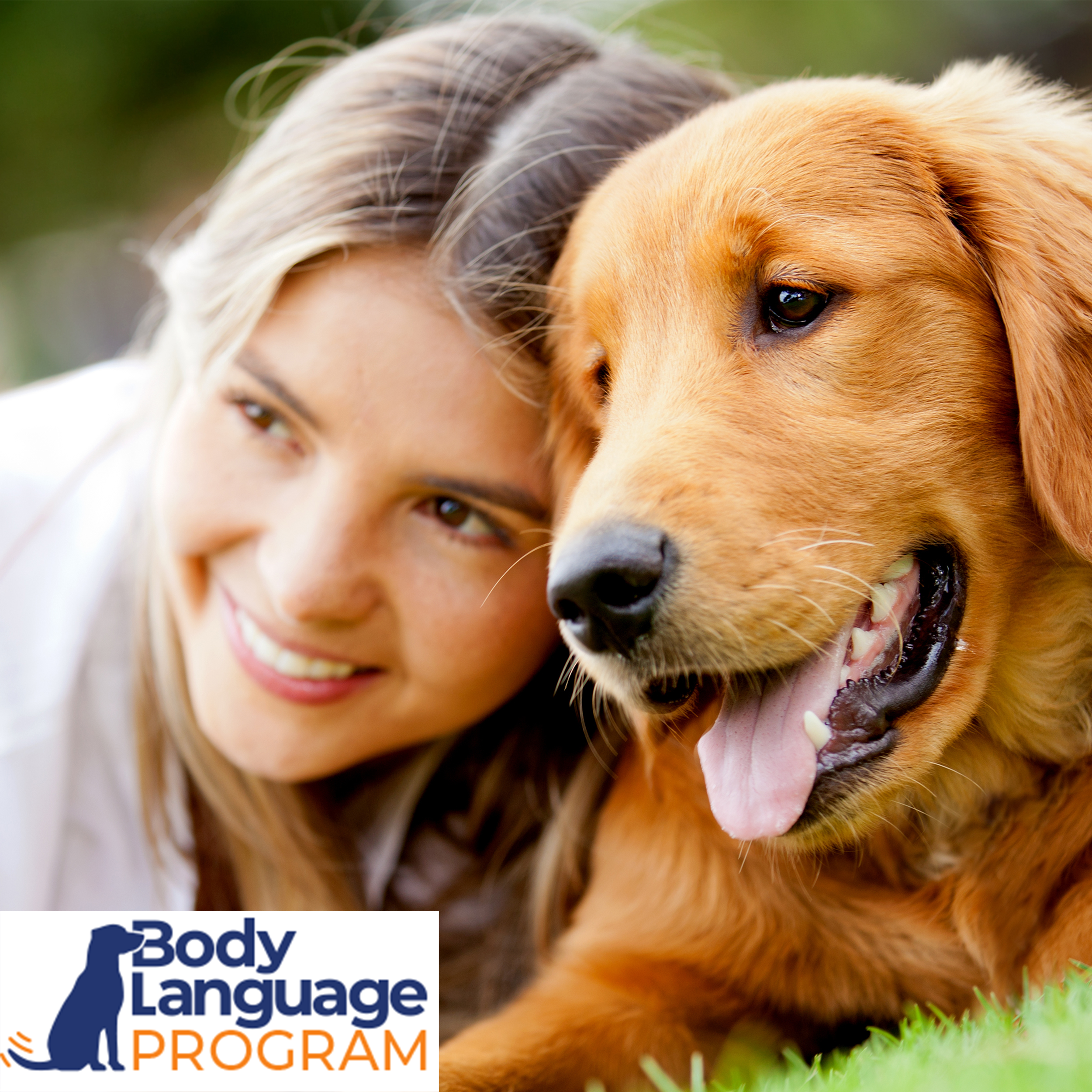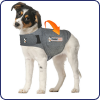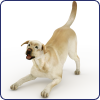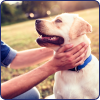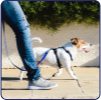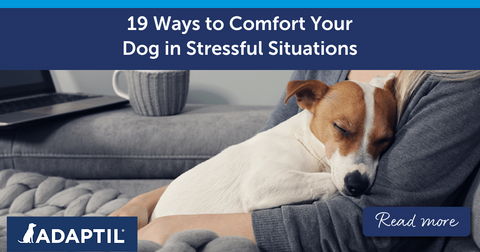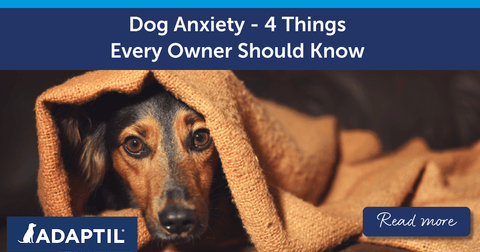
How to Care for Your Dog in Season
There are quite a few misconceptions around dogs in heat, but how much do you really know on the subject?
A dog in season, also known as being in heat or oestrus, is a natural part of a female dog’s reproductive cycle. But if your dog is experiencing her first season, you may be wondering what to expect and how best to care for her during this time. If so, you’re in luck. In today’s guide, we’ll answer common questions around the dog heat cycle, provide practical tips for managing your dog’s comfort, and suggest different ways you can create a calming environment.
What Does It Mean When a Dog Is in Season?
A dog in season is going through a fertile phase of her reproductive cycle, meaning this is a time when she can become pregnant. Her body will be undergoing hormonal changes, which can potentially lead to physical signs such as:
-
Swollen genitals (usually a few days before bleeding starts)
-
Discharge that starts as bloody and becomes more watery
-
More frequent urination
On top of these physical signs, you may also notice some behavioural changes while your dog is in season, including:
-
Increased affection or clinginess
-
Restlessness
-
More frequent urination
-
Changes in appetite
-
Increased self-grooming
-
More interest in other dogs, or alternatively less tolerance of other dogs being near by
-
Nest behaviours such as gathering toys in her bed
-
Mounting other dogs
Some dogs show obvious signs of being in season, while others may exhibit more subtle changes. Either way, it’s important to remember this behaviour is completely natural and should go when your dog’s season cycle finishes.

When Does a Dog Have Her First Season?
A dog’s first season typically occurs between six and twelve months of age, but this can vary by size and breed:
-
Small dogs – Smaller breeds may start their first heat cycle earlier, as young as six months.
-
Large dogs – Larger breeds might not have their first season until they are over a year old.
How Long Does a Dog’s Heat Cycle Last?
A particularly common question is to ask how long a dog in season lasts. A dog heat cycle usually lasts around three weeks, though this can range from between two to four weeks for different dogs.
The dog heat cycle includes several stages:
-
Proestrus (First 7-10 Days) – This stage is when you’re likely to see swollen genitals, bloody discharge, and when your dog is likely to attract males though without being receptive to their attention.
-
Estrus (About a Week) – This is when your dog is most fertile. Discharge becomes lighter and she may seek more male attention.
-
Diestrus (Final 7-10 Days) – Fertility tapers off and your dog’s behaviour will normalise.
Interestingly, dogs don’t experience a menopause in the same way as humans. They will continue to experience seasonal cycles throughout their lives, though the time between seasons may lengthen as they age.

Tips for Caring for Your Dog During Her Season
While your dog is in season, it’s possible she may experience mood swings and physical discomfort, as well as feelings such as anxiety, irritability, or simply being more sensitive than usual. As her care giver, it’s only natural to want to support her during this time. Follow these tips to help her to remain calm and settled:
1. Create a Calm, Comfortable Environment
It’s important to provide a quiet space where your dog can access her own bed, food, water, and toys, retreating there when she needs to feel safe. Plugging in an ADAPTIL Calm diffuser in this area is a great way to provide added comfort.
2. Stay Calm and Maintain Routine
Dogs pick up on their human’s emotions, so it helps to stay calm during her heat cycle. Similarly, dogs thrive on routine, so keeping to her daily schedule will ensure a sense of stability and security.
3. Walk Your Dog Safely
Keep your female dog away from male dogs to avoid unwanted attention or stress while she’s in season. It may be easier to walk her during less busy times and in quieter areas, and it’s recommended to keep her on a lead too.
Likewise, it’s best to avoid leaving her unsupervised in the garden in case any male dogs try to get in. They can detect the pheromones in her urine from a considerable distance and may go to some lengths to reach her! On this note, if you have an uncastrated male dog in your household, you’ll want to keep them separated during this time to avoid accidental mating.
For additional on-the-go support, you could also consider using an ADAPTIL Calm Collar. The synthetic, odourless pheromones emitted from the collar will help your pooch remain calm in a variety of situations.
4. Keep Her Occupied with Mental Enrichment Toys
Since walks may be a little more restricted while your dog is in season, it can help to provide other forms of mental stimulation, such as:
-
Puzzle feeders
-
Stuffed chew toys (freezing them can make them last longer!)
-
Training sessions or scent games in the home.

5. Manage Hygiene
Dog diapers or period pants can help manage the mess from bleeding and discharge, keeping your home clean and your dog comfortable. Make sure to choose the right size for a snug but comfortable fit.
If you to plan to use these, try introducing them before your dog’s heat cycle starts to help her get accustomed to the sensation. However, bear in mind that, while these pants can help with cleanliness, they won’t prevent male dogs from attempting to mate.
Alternatives for keeping your house clean could include putting down extra towels, limiting access to certain areas that are more difficult to protect, or designating specific blankets for her favourite resting spots. Just be sure not to scold or punish your dog for any mess while she’s in heat—this won’t help and could negatively affect your bond together.
When to Contact a Vet
If your dog is in heat and you notice excessive bleeding, prolonged symptoms, or unusual behaviour (such as extreme lethargy or aggression), consult your veterinarian. They can also discuss spaying options if you don’t plan on mating your dog.
Supporting Your Dog in Heat with ADAPTIL
For extra support, we have a range of options from ADAPTIL that are great for providing added comfort and reassurance. These are all designed to help reduce stress-related behaviours, making it easier for your dog to navigate the hormonal changes of her heat cycle.
-
ADAPTIL Calm Diffuser – Creates a calming atmosphere at home.
-
ADAPTIL Calm Collar – Provides continuous support on the go.
-
ADAPTIL Chews – Helps to naturally soothe stress and restlessness.
-
ThunderShirt by ADAPTIL – Provides gentle, constant pressure to help ease anxiety and stress.
For more tips on dog care and behaviour support, explore our further articles online. Or to receive the latest news and guides straight into your inbox, don’t forget you can sign up to our newsletter!
